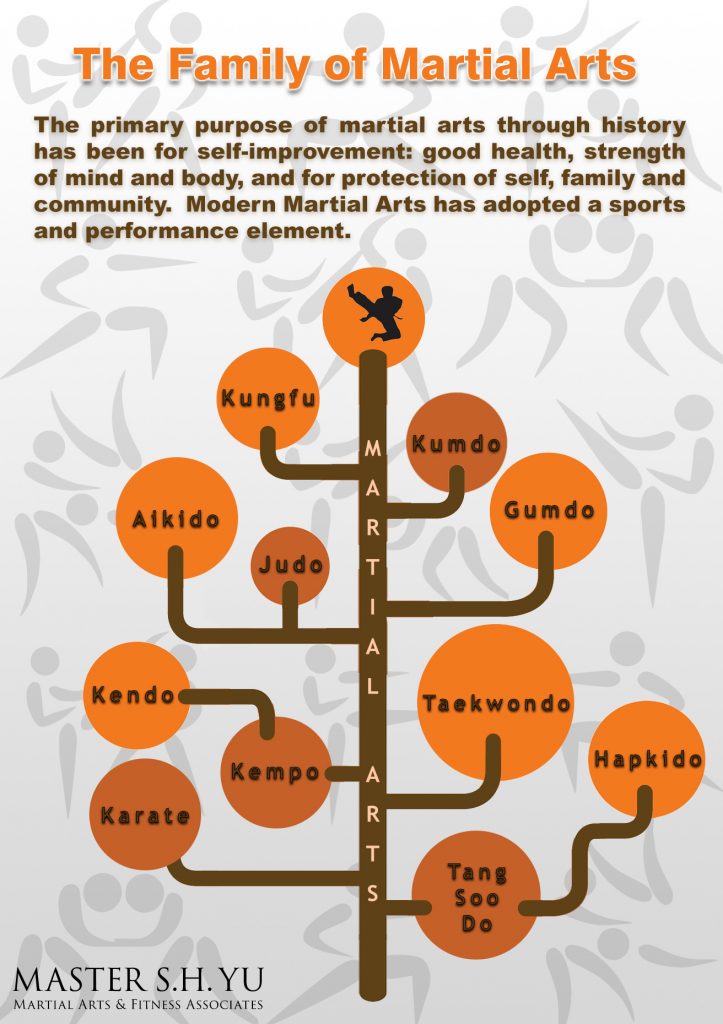What Are The Distinctions In Between The Focus On Self-Control In Standard Martial Arts And The Competitive Emphasis Of Modern Battle Sports? Check Out The Necessary Distinctions That Can Affect Your Path
What Are The Distinctions In Between The Focus On Self-Control In Standard Martial Arts And The Competitive Emphasis Of Modern Battle Sports? Check Out The Necessary Distinctions That Can Affect Your Path
Blog Article
Post Writer-Thuesen Hovgaard
When you think of martial arts, do you lean a lot more towards the standard methods or the modern battle sporting activities? Each path provides one-of-a-kind advantages and experiences, shaped by their ideologies and training methods. Traditional martial arts stress personal development and self-control, while modern-day combat sporting activities focus on competition and efficiency. Recognizing these differences can assist you in selecting the ideal approach for your trip. But how do these differences materialize in training and ideology?
The Viewpoint and History Behind Typical Martial arts
While lots of people associate martial arts with physical combat, the approach and background behind traditional martial arts run much deeper. You'll locate that these self-controls emphasize personal development, discipline, and respect.
Originating from old practices, typical martial arts were often created for Self-Defense and spiritual growth. They personify concepts such as equilibrium, harmony, and self-control, assisting experts past plain combating skills.
As you educate, you'll not just learn methods however additionally gain understandings right into the society and worths that formed these arts. The rituals and customs, usually given with generations, cultivate a sense of community and belonging.
The Competitive Nature of Modern Fight Sports
Modern combat sporting activities have actually changed the landscape of martial arts into an extremely competitive field, where athletes face off in an examination of skill, technique, and endurance.
You'll notice that competitions are frequently organized with strict guidelines and laws, guaranteeing justice and security. martial arts 2019 draw in large target markets, fueling the excitement and intensity of competitions.
Athletes train rigorously, not just for physical expertise but likewise for psychological toughness, recognizing that every detail counts in the ring. martial arts or bodybuilding throughout competitors is apparent, as fighters push their restrictions to claim success.
Followers appreciate the athleticism and creativity involved, making contemporary battle sporting activities a thrilling spectacle that continues to advance and astound fanatics around the world.
Training Methods and Strategies: A Comparative Analysis
The competitive ambience of modern combat sports demands cutting-edge training approaches that vary substantially from conventional martial arts.
In modern training, you'll focus on certain techniques, sparring, and conditioning, usually using drills that imitate actual fight scenarios. official site 'll see an emphasis on quantifiable performance and frequent competition to analyze your abilities.
In contrast, conventional martial arts focus on kinds, katas, and philosophical trainings, typically highlighting self-control and respect over competition.
Training is usually much less extreme and might include repeated practice instead of real-time sparring.
While both approaches develop skill and fitness, modern-day combat sports give a more vibrant and versatile training setting, preparing you for immediate challenges in the ring or cage.
Choose the path that straightens with your objectives and passions.
Verdict
In choosing in between traditional martial arts and contemporary combat sporting activities, it really boils down to what you value a lot of. If you're trying to find individual growth, technique, and a feeling of community, conventional arts could be your best fit. However if you prosper on competition and real-time obstacles, contemporary fight sporting activities could be the way to go. Ultimately, both courses provide one-of-a-kind advantages, so it's all about straightening your training with your individual objectives and rate of interests.
